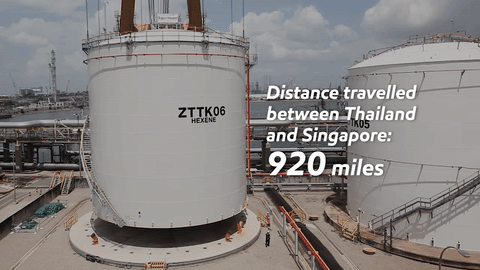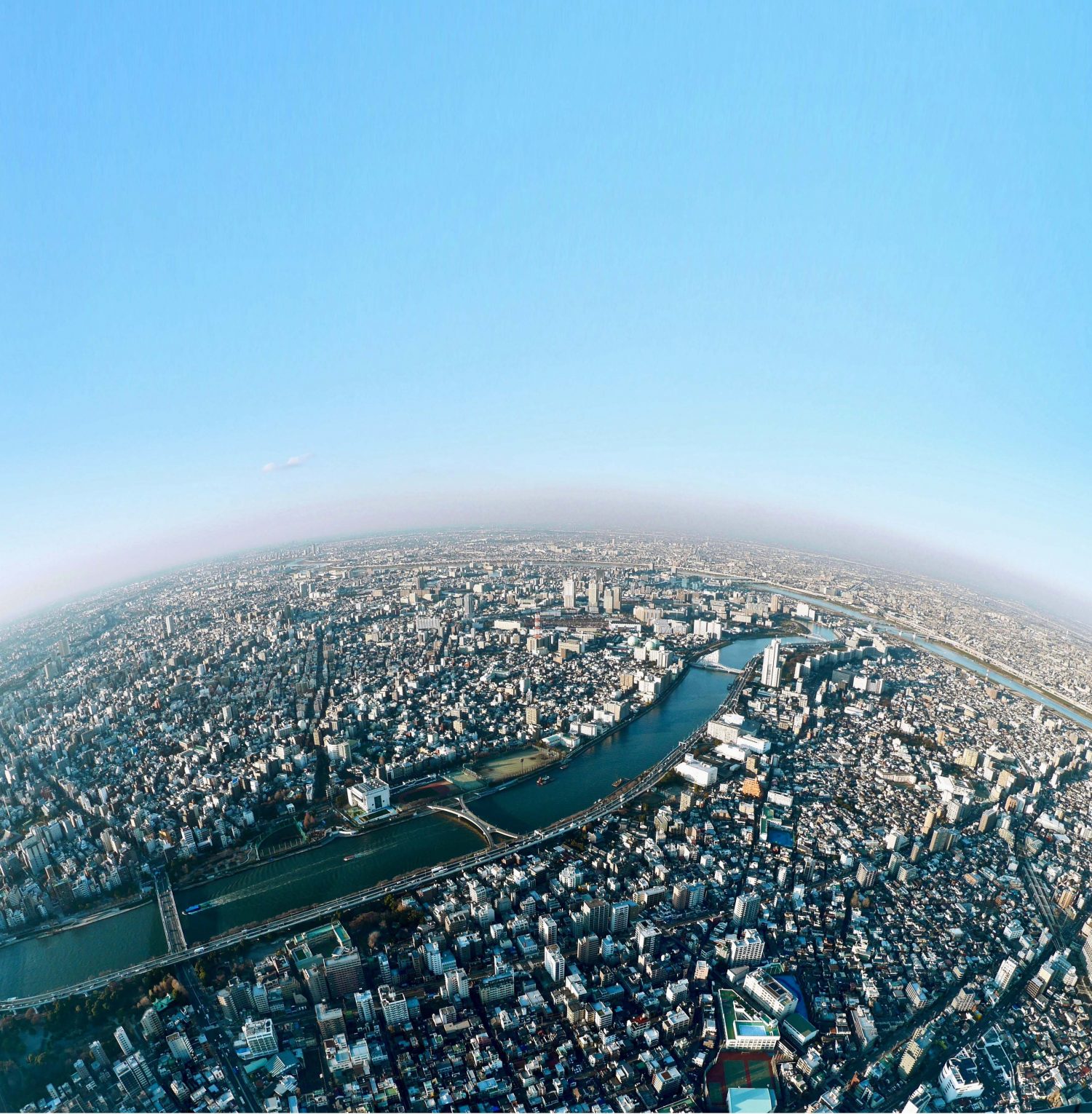Hoo Yi Wang is an engineer who relies on complex calculations and meticulous analysis that, in a controlled environment, provide precise results. And when a 200-metric-ton storage tank needs to be constructed and shipped 920 miles, all the stars have to align.
“But, not just the stars, also the moon, because the tides had to be just right,” said Hoo Yi Wang, the lead engineer for the 15-month project. “Mother Nature is a variable here, and what we can do is make the predictions and plan accordingly.”
Hoo Yi Yang and his team were charged with constructing a six-story tank in Thailand and installing it at its new home at ExxonMobil’s petrochemical plant in Singapore. The process was an elegant solution to a looming deadline with few options. Specifically, the Singapore plant, the company’s largest, needed more hexene storage quickly, and building the tank offsite in a Thailand construction yard helped cut five months from the project. The hexene from this facility goes into making stronger plastics with less material.
Here’s an inside look at the enterprise, including unexpected challenges the team needed to overcome to get this big thing moving.
The idea:
In its planning, the team decided that building the tank in Thailand would allow the simultaneous construction of the tank’s platform in Singapore, which would help save five months.
The team:
Drawn from 20 offices, nearly 40 employees from across ExxonMobil’s upstream, downstream, chemical and refinery affiliates worked directly or indirectly on the project.
The design:
A normal tank is designed to be seated on the ground, but because this one had to be lifted and would hang suspended from a barge crane, the team had to change its structural frame and support.
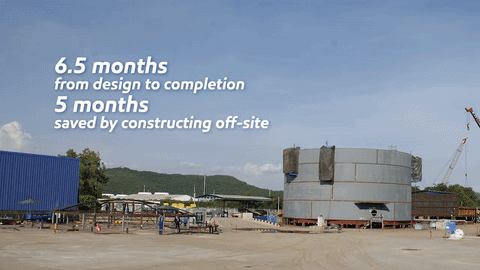
Passing through:
Due to an ongoing maritime exercise close to the Thailand port, the team needed to first secure permission from the navy to continue its journey.
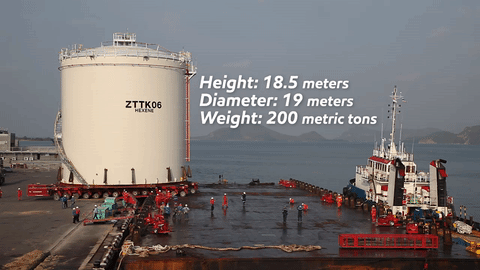
The wind:
The day before barge crane lift and transportation, there was a change in wind velocity and as the team studied the meteorological data, it noticed big wind gains in the afternoon, limiting the time the crane could be operational.
The tide:
If the team missed a four-hour window for high tide, it would have to wait two more weeks before the next high tide it needed for the barge crane to approach the shoreline.
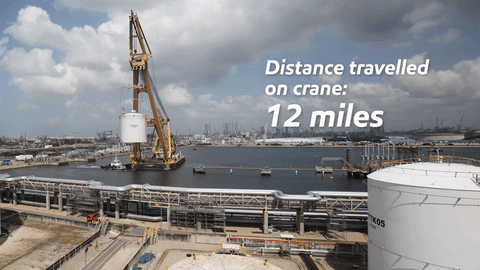
The crossing:
The tank had to cross over 31 live pipelines, the main arteries between the chemical plant and two refineries. Stakes were high but with teamwork and sound engineering, the team achieved a smooth and safe crossing. The 30-second crossing took about a year to plan.
